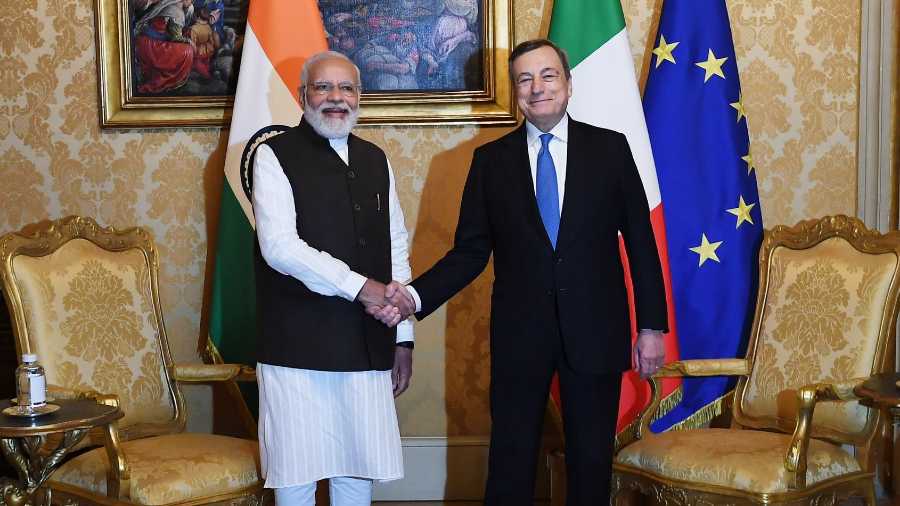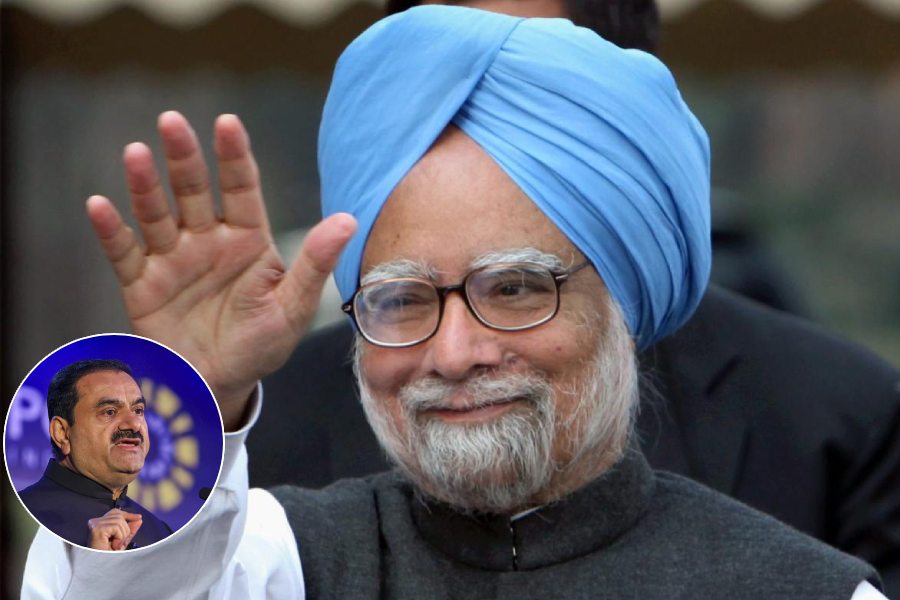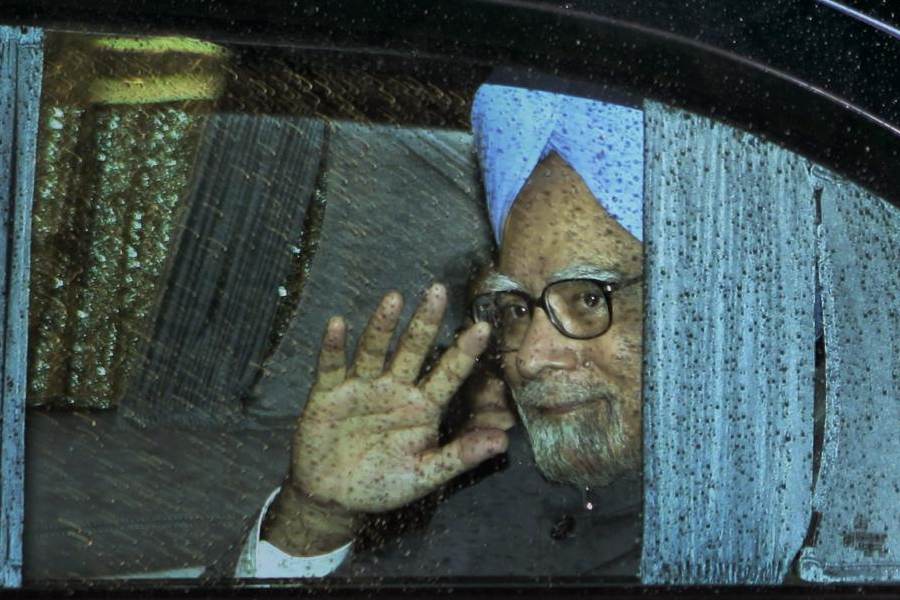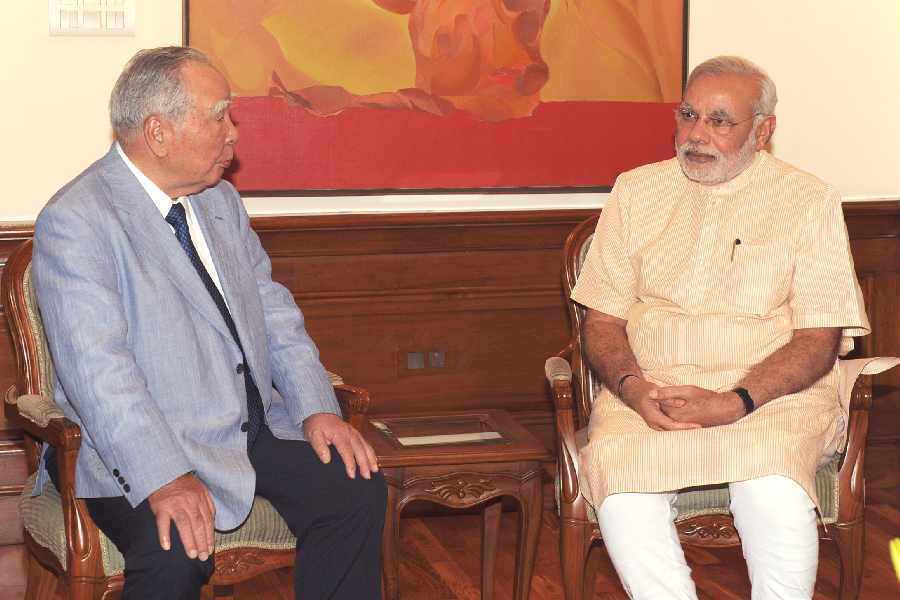Coal and cars are the environment’s biggest enemies, says British MP Alok Sharma who’s president of the COP26 climate summit starting on Sunday. That automatically puts India on the global firing line because we’re the world’s second-largest coal user and in 2019 had 295 million vehicles plying on our roads.
What’s more, we’re defying global pressure and refusing to set specific targets on reducing carbon dioxide emissions which is the main goal of COP26. That immediately makes us the bad guy. Prime Minister Narendra Modi can expect to have many world leaders grabbing his arm in the coming days and hoping to gently twist it.
“China and India cast a pall over the opening of the COP26 summit in Glasgow when they rejected calls to set tough new climate change targets,” said the Financial Times.
But India’s in a squeeze – and that revolves around soaring demand for electricity that will keep rising till the 2030s or possibly even the 2040s. About 80 per cent of coal burnt in this country is used by our thermal power stations. And 67 per cent of the electricity generated in this country comes from thermal power stations.
Environment Secretary Rameshwar P. Gupta put it unapologetically and bluntly to the FT: “We depend on coal and we would like to continue.”
Adds Partha Bhattacharya, former chairman and managing director, Coal India: “We need thermal power stations. We need to burn coal.”
Obviously, that message is the last one anyone wants to hear in Glasgow. British Prime Minister Boris Johnson on his way to the G-20 summit in Rome, spoke in apocalyptic terms. He warned that the human race was on the brink of catastrophe, and, like the Roman Empire, it could go into sudden decline. “Humanity, civilisation, society can go backwards as well as forwards…” he said, adding: “You saw that with the decline and fall of the Roman Empire, and I’m afraid to say that it’s true today that unless we get this right in tackling climate change, we could see our civilisation, our world also go backwards.” Incidentally, Johnson concedes that he wasn’t always a believer in climate change but is now convinced it could take us to the edge of disaster.
Prime Minister Modi is already in Rome for the G-20 summit and will head directly to Glasgow from there. He has also met Italian Prime Minister Mario Draghi. The world’s top leaders are expected to do some hard bargaining on the environment in Rome before they head to Glasgow. It’s believed the British were extremely keen to have Modi in person at Glasgow. China’s President Xi Jinping, who hasn’t travelled abroad since the pandemic began, will only make a video appearance at Glasgow.
India’s first line of defence at Glasgow will be that per capita or per person we emit only 1.7 tonnes of Co2. By comparison, Americans emit 15 tonnes per capita. Even the Chinese emit 7 tonnes per capita.
But with our massive population, the total amount of greenhouse gases we release into the atmosphere is obviously huge. In 2018 China emitted 11.7 billion tonnes. The US came into second position with 5.8 billion tonnes and we came in third with 3.3 billion tonnes in 2018.
India’s great problem is that demand for power is soaring and is likely to shoot even higher as industrialisation takes root. Also, domestic demand is shooting upwards with India’s middle-class stretching their budgets to buy air-conditioners and electrification also spreading to the remotest corners of the country. By contrast, demand has peaked in the West and is now rising only slowly.
Scroll back to 2010-11 when India mined 532 million tonnes of coal. By 2019 that has soared to 730 million tonnes plus about 200 million tonnes of imported coal. Bhattacharya reckons that by 2030 India will be mining about 1.2 billion tonnes of coal. Other studies have worked out that demand could be far higher at between 1.3 billion to 1.9 billion tonnes by 2030. That could make for an awful lot of pollution in a country that has already become accustomed to a choking dust haze over cities like Delhi and much of north India.
India’s already pushing its biggest selling point at Glasgow, which is that we have boosted the use of renewable energy in a big way and that is likely to grow in leaps and bounds in the coming decade.
Bhattacharya reckons that by 2030 that we will add about 60 gigawatts of thermal power capacity (that’s about 60,000 megawatts). But that will be totally overshadowed by the 320 gigawatts of renewable energy (both wind and solar) we will be adding.
As a result, only 50 per cent of our electricity will come from thermal energy. The catch there is that it will be 50 per cent of a far greater total.
Glasgow’s COP26 has an added urgency this year because we’ve been experiencing a spate of extreme weather events. In India there have been floods in Uttarakhand and Kerala in the last month, at a time when the monsoon is usually in retreat. California has gone from forest fires to unseasonal heavy rains. There have even been forest fires in Canada which usually escapes such natural disasters.
The general belief is that these extreme weather events are being caused by rising temperatures which are, in turn, caused by greenhouse gases like carbon dioxide (CO2). At the Paris COP 21 in 2015 it was agreed to limit greenhouse gas emissions so that temperatures would not rise more than 2C by end of the century. World leaders want to now bring temperature rise down to 1.5C. To do that, countries need to agree to the goal of net zero by 2050 – or a zero rise in greenhouse gas emissions. India argues this is impossible for us if we want to bring people out of poverty.
To tell the truth, India has always been the grinch at the environmental party. Or, Banquo’s ghost hovering over the dinner-table while the rich supped and had their fill. Indira Gandhi was the person who laid out India’s position at Stockholm in 1972. Speaking at the very first Global Summit on the Human Environment, she uttered words that have always guided India’s environmental efforts: “We do not wish to impoverish the environment any further and yet we cannot for a moment forget the grim poverty of large numbers of people,” she said, adding: “Are not poverty and need the greatest polluters.”
But we aren’t the only ones who haven’t signed on for net zero by 2050. China says it will be able to achieve this by 2060. India is in no position to make such a commitment even though we can see the deleterious impact of pollution in our cities. There are also murmurings that it is easy to make promises that have to be carried out by 2050 and none of today’s world leaders will be in office then.
The Boston Consulting Group points to South Korea’s huge leap forward in the production of lithium-ion batteries and China which has captured the market for cheaper photovoltaic cells. These are both used for the production of cheaper renewable energy.
There will be tense negotiations for the next 10 days at Glasgow and it’s certain that India will be at the forefront of all negotiations. Still there will be pressure to do more. And, indeed, we have a tough task ahead – we have to simultaneously beat poverty and also ensure that our air does not become unbreathable and our water too polluted to be used.











